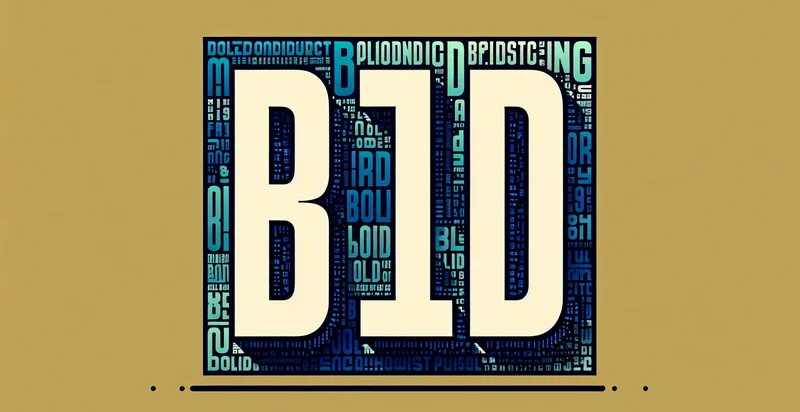Identify if text is a table of contents
using AI
Below is a free classifier to identify if text is a table of contents. Just input your text, and our AI will predict if the text is a table of contents - in just seconds.

Contact us for API access
Or, use Nyckel to build highly-accurate custom classifiers in just minutes. No PhD required.
Get started
import nyckel
credentials = nyckel.Credentials("YOUR_CLIENT_ID", "YOUR_CLIENT_SECRET")
nyckel.invoke("if-text-is-a-table-of-contents-identifier", "your_text_here", credentials)
fetch('https://www.nyckel.com/v1/functions/if-text-is-a-table-of-contents-identifier/invoke', {
method: 'POST',
headers: {
'Authorization': 'Bearer ' + 'YOUR_BEARER_TOKEN',
'Content-Type': 'application/json',
},
body: JSON.stringify(
{"data": "your_text_here"}
)
})
.then(response => response.json())
.then(data => console.log(data));
curl -X POST \
-H "Content-Type: application/json" \
-H "Authorization: Bearer YOUR_BEARER_TOKEN" \
-d '{"data": "your_text_here"}' \
https://www.nyckel.com/v1/functions/if-text-is-a-table-of-contents-identifier/invoke
How this classifier works
To start, input the text that you'd like analyzed. Our AI tool will then predict if the text is a table of contents.
This pretrained text model uses a Nyckel-created dataset and has 2 labels, including Table Of Contents and Regular Text.
We'll also show a confidence score (the higher the number, the more confident the AI model is around if the text is a table of contents).
Whether you're just curious or building if text is a table of contents detection into your application, we hope our classifier proves helpful.
Related Classifiers
Need to identify if text is a table of contents at scale?
Get API or Zapier access to this classifier for free. It's perfect for:
- Academic Research Management: Researchers can utilize this function to quickly identify and extract tables of contents from academic papers and theses. This will enable them to efficiently navigate to relevant sections of the document, saving time when conducting literature reviews.
- E-Book Organization: E-reading platforms can implement this function to automatically categorize and display chapters for users. By recognizing the table of contents, readers can easily browse and select chapters or sections of interest, enhancing their reading experience.
- Document Indexing: Businesses can use this identifier in document management systems to automatically index documents based on their contents. By extracting and classifying tables of contents, organizations can streamline search functionalities, making it easier for employees to find relevant documents.
- Content Recommendation Systems: This function can enhance content recommendation systems by identifying the main themes and topics in documents. By analyzing tables of contents, these systems can suggest related documents or sections to users based on their interests.
- Digital Library Development: Libraries digitizing their collections can apply this function to streamline the organization of their catalogs. By identifying tables of contents, they can create structured overviews, making it easier for users to find and access the materials they need.
- Project Management Tools: Project management software can leverage this identifier to efficiently organize and display various project documents. Recognizing tables of contents allows for enhanced navigation within large project files, assisting teams in locating specific sections quickly.
- Content Analysis and Reporting: Organizations can use the function in data analysis tools to assess the structure and focus of large text corpuses. By identifying tables of contents, they can generate summaries that highlight the key areas of discussion, aiding in reporting and strategy development.


